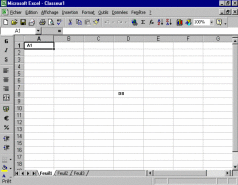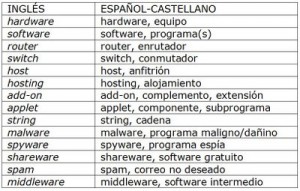As we have brought up in other posts, large translation projects need more care and attention in order to maintain consistency in the translation throughout the document(s). This coherence in terminology must be respected by all members of the work team.

We are fully aware that the use of synonyms does not change or alter the idea of the original document, but the client often has provided its input for all of the possible options of the paradigm that a sentence can offer. This is the reason that glossaries that are created by bilingual members of the client’s staff are so useful in translation.

At various points over the course of the project(s), the translation team will send the glossary to the client for analysis and input when there are several options that could be correct for a word or phrase that appears several times over the course of the project. In this case, the client will indicate its preferred choice and that terms will then be applied throughout the project.
The glossary should incorporate terminology from ALL projects that have been done for that particular client. It is therefore essential that the agency and client remain in constant communication and exchange reference material.
At Trusted Translations, our recurring clients have their individual glossaries that are used by our translators on every project for that client and that are updated during every project.
(Source: https://www.trustedtranslations.com/glosarios-del-cliente-2010-01-12.html)





